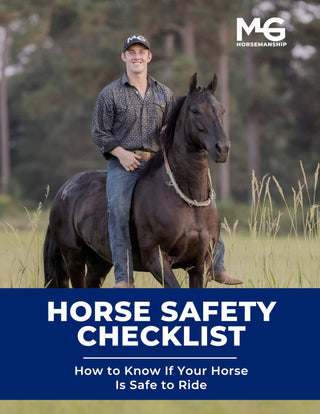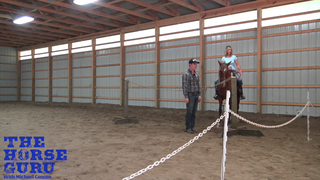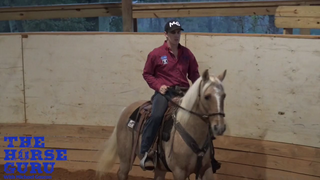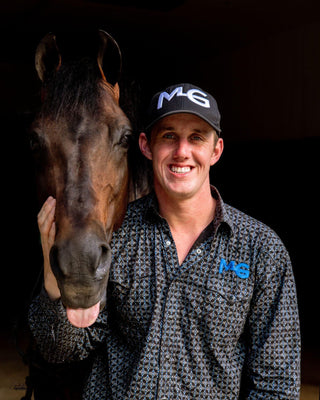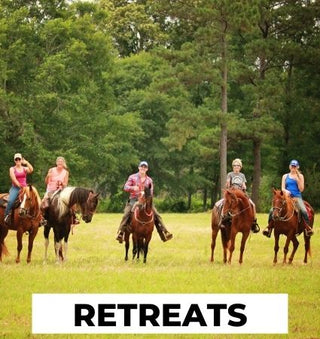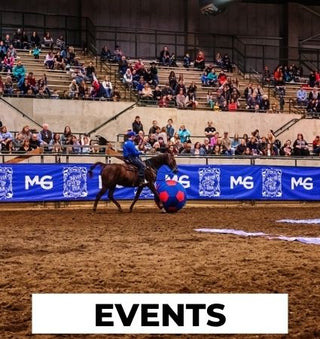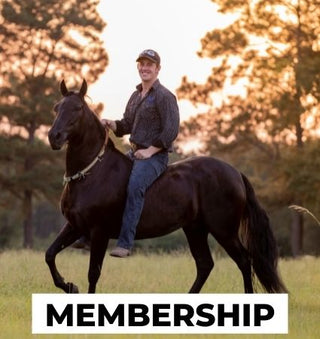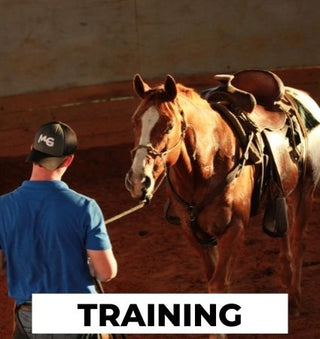Watch the Video Here or continue reading below!
Flexing is a key part of building communication and control with your horse. In Michael Gascon’s 5th Grade lesson of horse training, flexing is described as your steering wheel—the foundation of safe and effective riding. Whether you’re working with a green Tennessee Walking Horse or a seasoned show horse, flexing teaches softness, respect, and responsiveness.
Why Flexing is Important
When you first mount a horse, the goal is stand still and wait. Horses are creatures of habit—if you allow them to walk off as soon as you swing into the saddle, they’ll eventually anticipate and move before you’re ready. Sitting quietly sets the tone for focus and control.
Once your horse is standing calmly, it’s time to flex. If your horse won’t flex at a standstill, that’s a clear signal you don’t yet have a steering wheel. And just like you wouldn’t drive a car without a functioning steering wheel, you shouldn’t ride off without establishing this foundation.
What Is Flexing?
Flexing is a simple but powerful exercise:
-
Pick up one rein with one hand.
-
Use your free hand to bring your horse’s head around toward your leg.
-
Hold until the horse gives you his face.
-
Release the rein immediately as a reward.
Flexing is not a one-rein stop. Instead, it’s about teaching your horse to yield its head and soften without moving its feet. Over time, your horse will learn that giving to pressure is easier than resisting.
Common Mistakes Riders Make
Many riders get frustrated when their horse moves during flexing. The key is focus on one job at a time. If your goal is simply to have the horse flex his head to the right, then don’t worry about what his feet are doing in the moment. Consistency and clarity will bring results faster than trying to fix everything at once.
Remember: success in horsemanship is a lot of small things done right.
Three Pro Tips for Flexing
Michael Gascon shares three powerful pro tips to make your flexing more effective:
1. Stay in Your Command Center
Sit deep in the saddle—heels down, shoulders back, hips anchored. Don’t lean forward or leave your seat to grab the reins. Develop muscle memory that allows you to flex or perform a one-rein stop correctly when you really need it.
2. Don’t Cross the Center Line
Keep your rein hand on the same side of your body. If you cross your belly button, you lose half your power and range of motion. Instead, bring the rein toward your hip or jeans pocket. This positioning gives you maximum bend and better control when your horse gets distracted, spooks, or has “high RPMs.”
3. Choose the Right Pressure System for Your Horse
Some trainers insist on pulsating pressure (tap, tap, tap, release), while others prefer constant contact (hold until the horse gives, then release). The truth? Both methods work—it depends on your horse’s personality.
-
Use pulsating pressure for dull or resistant horses.
-
Use constant pressure for sensitive horses who get frustrated with tapping.
Adapting your technique builds trust and creates softness more quickly.
Flexing Builds the Foundation for Success
Whether you’re training a Tennessee Walking Horse, Paso Fino, or any other breed, flexing builds communication, safety, and control. From green colts to finished show horses, the principle remains the same: a soft horse is a safe horse.
By teaching your horse to flex, you’re installing the steering wheel you’ll rely on for everything from simple trail rides to advanced maneuvers.
Final Thoughts
Flexing may seem like a small step, but it’s one of the most important exercises in horse training. It develops softness, creates responsiveness, and builds a stronger bond between horse and rider.
Try these tips during your next ride and see how much more control and confidence you gain in the saddle.



